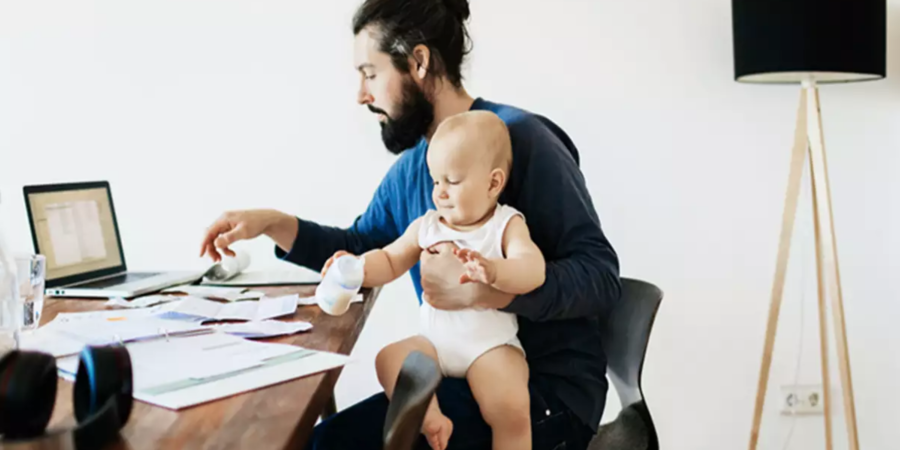At the moment, nobody knows which of the changes to office use brought about by the pandemic will be permanent, but generally speaking, everyone resists change, especially sudden change.
But this time, we did not get a vote. Friday rolled around, and we were told to grab-your-stuff and go home. We didn’t know when we would be back.
Perhaps we could return to the old ways, but never underestimate the influence of habit formation. One shoe bomber forever changed the way we get through airport security—and we adapted.
However, you can tell that people are becoming quarantine fatigued and that this is not going to be sustainable. Isolation brings its challenges —the loss of daily face-to-face time is a real challenge for companies and employees. We’re social creatures by nature, so isolation is leading to a greater appreciation for office settings. Plus, we are discovering some significant issues:
- Virtual training is more challenging—hiring and integrating new employees is more complicated.
- Employers fear that younger professionals aren’t developing at the same rate as they would in offices, sitting next to colleagues, and absorbing how they do their jobs.
- No CEO should be surprised that the early productivity gains companies from early remote work will peak and level off.
Over the past 10 years, companies leased expensive, long-term, and inflexible leases in cool trendy workplaces. This was justified because there was a war for talent, and these trendy spaces would help secure top talent while improving a company’s image, so tenants agreed to pay landlords’ increasingly soaring rental rates.
However, COVID has resulted in massive uncertainty around future corporate revenue, which is going to result in restricted spending and trigger austerity for companies. Tenants will be looking for more value office space. One result may be millions of square feet of Class A office space becoming available as businesses shrink their footprints. As sublease space and new construction come onto the market in the upcoming months, vacancy could rise to 15-18 percent in top office markets.
The previous belief that a well-located office building full of highly paid workers in or near a dense, expensive city is the best way to operate a successful firm has been challenged by COVID and the reluctant acceptance of remote working.
Most companies and employees are embracing flexible working policies, and companies recognize that some workers can successfully operate at least part of the time remotely. As we advance, companies will likely allow employees more flexibility to work remotely; however, savings in square footage could be offset by the need for greater space for social distancing.
But companies are recognizing that working from home does not work for all employees. Teambuilding and productivity are still unmeasured, especially for businesses with a long sales cycle, such as real estate. Most companies have not tried hiring and building teams from scratch online and are learning that employees need more face-to-face contact to make these teams.
Source: https://www.dmagazine.com/commercial-real-estate/2020/08/real-estate-trends-for-a-post-covid-world/?ref=feat-sect


